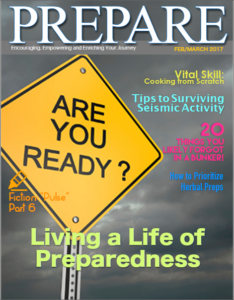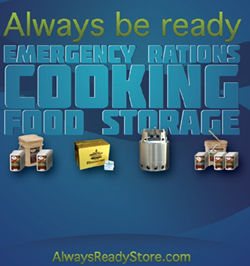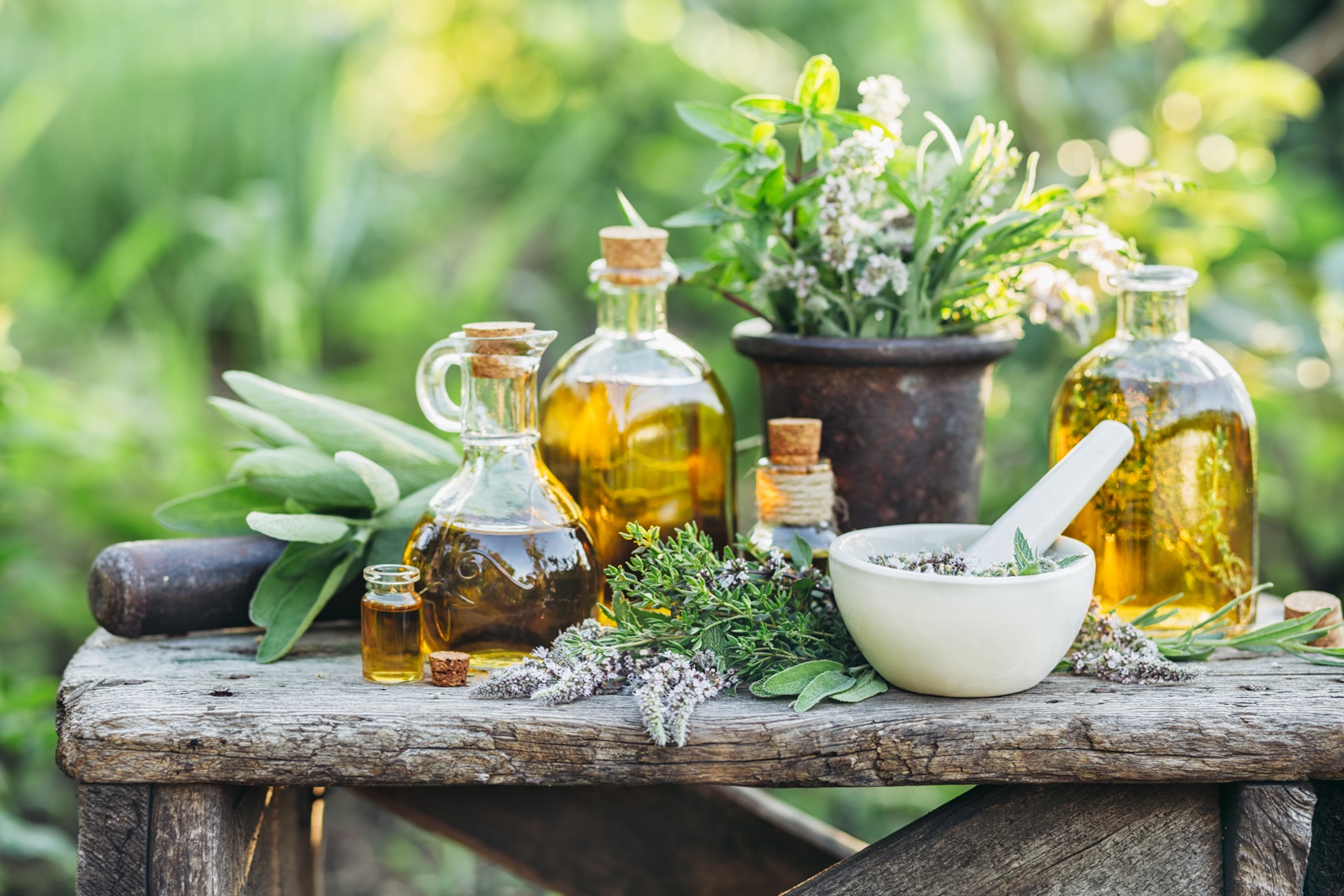Natural disasters can strike at any time, leaving behind a trail of destruction and devastation. From hurricanes to earthquakes, wildfires to floods, the impact of these events can be catastrophic. That’s why it’s crucial to be prepared for the worst-case scenario. Disaster preparedness is not just about stocking up on supplies; it’s about having a plan in place to ensure your safety and the safety of those around you.
In today’s world, disaster preparedness has become more critical than ever. With the ongoing pandemic, wildfires, and hurricanes, it’s essential to be ready for any eventuality. However, many people are not adequately prepared, which can lead to disastrous consequences. That’s why it’s crucial to start taking steps now to ensure you are ready for any emergency.
Being prepared for a disaster involves more than just having a kit ready. It’s about understanding the risks in your area, having a plan in place for evacuation, and knowing how to communicate with your loved ones. It’s also about having the necessary supplies, such as food, water, and medicine, to sustain you and your family for several days.
In this introductory article, we’ll explore the different aspects of disaster preparedness, from creating a plan to stocking up on supplies. We’ll also discuss the importance of staying informed and the role technology plays in disaster preparedness. By the end of this article, you’ll have a better understanding of what it takes to be prepared for any disaster. So, let’s get started!
Disaster Preparedness FAQs
What is disaster preparedness?
 Disaster preparedness is the process of taking steps to minimize the damage caused by natural or man-made disasters. It involves developing plans, gathering supplies, and training individuals to respond effectively in emergency situations.
Disaster preparedness is the process of taking steps to minimize the damage caused by natural or man-made disasters. It involves developing plans, gathering supplies, and training individuals to respond effectively in emergency situations.
Why is disaster preparedness important?
Disaster preparedness is important because it can save lives and reduce the impact of disasters on communities. By being prepared, individuals and communities can minimize the damage caused by disasters and recover more quickly.
What should I include in my disaster preparedness kit?
Your disaster preparedness kit should include basic supplies such as water, non-perishable food, a first aid kit, and a flashlight. You may also want to include items such as a radio, extra batteries, and a whistle.
How can I prepare my home for a disaster?
To prepare your home for a disaster, you should secure loose objects, such as furniture and appliances, that could become hazards during a disaster. You should also make sure that your home is equipped with smoke detectors, fire extinguishers, and carbon monoxide detectors.
What should I do during a disaster?
During a disaster, you should stay informed by listening to the radio or television for updates. You should also follow the instructions of local authorities and evacuate if necessary.
How can I help others during a disaster?
To help others during a disaster, you can volunteer with local organizations that provide disaster relief. You can also donate money or supplies to these organizations to support their efforts.
Remember, disaster preparedness is an ongoing process. By staying informed, developing plans, and practicing emergency procedures, you can help protect yourself and your community from the devastating effects of disasters.
Emergency Kit
In times of disaster, having an emergency kit can be the difference between life and death. It’s essential to have a well-stocked kit ready to go at a moment’s notice. Here are some essential items to include in your emergency kit.
Water is the most crucial item to have in your kit. You should have at least one gallon of water per person per day for at least three days. It’s also a good idea to have water purification tablets or a water filter in case your supply runs out.
Non-perishable food items are also essential. Canned goods, energy bars, and dried fruits are all good options. Make sure to include a manual can opener as well.
A first aid kit is crucial in any emergency situation. Your kit should include bandages, antiseptic, tweezers, and any prescription medications you or your family members may need.
Flashlights, batteries, and a portable radio are also important items to include in your kit. You’ll need a way to stay informed of any updates or evacuation orders.
Extra clothing, blankets, and sturdy shoes are also essential. You never know when you may need to evacuate your home quickly.
Finally, make sure to include important documents such as passports, insurance policies, and birth certificates in a waterproof container.
Preparing an emergency kit may seem like a daunting task, but it’s essential for your safety and well-being. Take the time to gather these essential items and keep them in a designated location where they can be easily accessed in an emergency.
Evacuation Plan
In times of disaster, having an evacuation plan can mean the difference between life and death. It is crucial to be prepared for the worst-case scenario and have a plan in place for a quick and safe evacuation.
The first step in creating an evacuation plan is to identify potential hazards in your area. This could include natural disasters such as earthquakes, hurricanes, or floods, or human-made disasters such as fires or terrorist attacks. Once you have identified the potential hazards, you can begin to create a plan that addresses each specific scenario.
Your plan should include a designated meeting place for your family or household members, as well as a communication plan. Make sure everyone knows how to reach each other in case of an emergency and has a list of emergency contacts. It is also important to have a backup plan in case your primary meeting place is inaccessible.
When creating your evacuation plan, consider the needs of everyone in your household, including pets and individuals with disabilities. Make sure you have a plan in place for their safe evacuation as well.
Practice your evacuation plan regularly with your family or household members. This will help ensure that everyone knows what to do in case of an emergency and can evacuate quickly and safely.
Remember, disasters can strike at any time, so it is important to be prepared. By creating an evacuation plan and practicing it regularly, you can help keep yourself and your loved ones safe in the event of a disaster.
Communication Plan
In times of disaster, communication is critical. A well-planned communication strategy can help you stay connected with your loved ones, receive timely updates, and seek assistance. Here are some tips to help you create a communication plan.
Identify your emergency contacts: Make a list of emergency contacts, including family members, friends, and neighbors. Ensure that everyone on the list has a copy of the plan and knows their role.
Choose a communication method: Consider using multiple communication methods, such as text messages, phone calls, email, or social media. Choose a primary method and a backup method in case the primary method fails.
Establish meeting points: Identify safe meeting points in case you get separated from your loved ones. Choose locations that are easily accessible and familiar to everyone.
Stay informed: Keep a battery-powered or hand-crank radio, and listen to local news and weather updates. Follow official social media accounts of emergency services and local authorities for updates.
Practice your plan: Conduct regular drills to test your communication plan. Make adjustments as needed, and ensure that everyone knows what to do in case of an emergency.
In conclusion, a communication plan is an essential part of disaster preparedness. By following these tips, you can ensure that you stay connected with your loved ones and receive timely updates during a crisis. Remember to practice your plan regularly and make adjustments as needed. Stay safe!
Sheltering in Place
When disaster strikes, it’s important to have a plan in place for sheltering in place. Whether you’re facing a natural disaster like a hurricane or tornado, or a man-made disaster like a chemical spill or terrorist attack, being prepared can mean the difference between life and death.
The first step in sheltering in place is to assess your surroundings. Look for a room in your home or office that has no windows or exterior doors, and that can be easily sealed off from the rest of the building. This room should be stocked with emergency supplies like food, water, and first aid supplies.
Once you’ve identified your shelter, it’s important to seal it off as quickly as possible. This can be done with duct tape and plastic sheeting, or with specially designed shelter-in-place kits. Make sure that all vents and other openings are sealed off as well, to prevent the entry of airborne contaminants.
Once you’re safely sheltered, it’s important to stay there until it’s safe to leave. This may mean staying put for several hours or even days, depending on the nature of the disaster. Make sure to monitor the news and stay in contact with emergency services, so that you can stay informed about the situation and any updates.
In conclusion, sheltering in place is an essential part of disaster preparedness. By taking the time to identify a safe shelter and stock it with emergency supplies, you can protect yourself and your loved ones in the event of a disaster. Remember to stay calm and stay informed, and you’ll be better prepared to weather any storm.
Insurance Coverage
When it comes to disaster preparedness, insurance coverage is a crucial aspect that should not be overlooked. Natural disasters such as hurricanes, earthquakes, and wildfires can cause extensive damage to homes and properties, leaving individuals and families struggling to recover without proper insurance coverage.
Homeowners insurance is a common type of insurance that provides coverage for damages caused by natural disasters such as hurricanes, tornadoes, and wildfires. However, it’s important to note that certain disasters may not be covered under a standard policy, such as floods and earthquakes. In these cases, additional coverage may be necessary to ensure adequate protection.
Flood insurance is a specific type of insurance that provides coverage for damages caused by floods, which are not typically covered under a standard homeowners insurance policy. This type of insurance is particularly important for individuals living in flood-prone areas, as even a few inches of water can cause significant damage to a home.
Earthquake insurance is another type of insurance that provides coverage for damages caused by earthquakes. This type of coverage is essential for individuals living in areas with a high risk of earthquakes, such as California.
In addition to homeowners insurance, individuals should also consider purchasing renters insurance or condo insurance, depending on their living situation. These types of insurance provide coverage for personal belongings and liability in the event of a natural disaster.
Overall, insurance coverage is a critical component of disaster preparedness. By ensuring that you have adequate coverage for potential natural disasters, you can protect your home, your belongings, and your financial future.
Pet Preparedness
As a pet owner, it’s important to include your furry friends in your disaster preparedness plan. Whether it’s a natural disaster or a sudden emergency, having a plan in place can help keep your pet safe and reduce stress for both you and your pet.
First and foremost, make sure your pet is wearing identification at all times. This can include a collar with tags or even a microchip. In the event that you and your pet become separated, this will increase the chances of being reunited.
Next, make an emergency kit for your pet. This should include food, water, medications, and any necessary supplies such as a leash, litter box, or crate. Keep this kit in an easily accessible location and make sure to rotate out any expired items.
It’s also important to have a designated safe space for your pet. This could be a room in your home or a crate that your pet is familiar with. Make sure to practice going to this space with your pet so they are comfortable and know what to expect in an emergency.
If you need to evacuate, have a plan for your pet as well. Research pet-friendly hotels or shelters in your area and keep a list of their contact information. If you have to leave your pet behind, make sure to leave enough food and water for several days and inform a trusted neighbor or friend.
By including your pet in your disaster preparedness plan, you can help ensure their safety and well-being during an emergency. Remember to regularly review and update your plan as needed to ensure its effectiveness.
Community Resources
When it comes to disaster preparedness, it’s important to know what resources are available in your community. Whether it’s a natural disaster like a hurricane or a man-made disaster like a terrorist attack, having access to resources can make all the difference in how you and your family fare in the aftermath.
One of the first resources to consider is your local emergency management agency. They can provide information on evacuation routes, emergency shelters, and other important details specific to your area. It’s also a good idea to have a copy of your community’s emergency plan, which should outline what steps to take in the event of a disaster.
Another valuable resource is your community’s medical facilities. In the aftermath of a disaster, medical care may be in high demand, so it’s important to know where to go and what services are available. It’s also a good idea to have a first aid kit and other medical supplies on hand in case of an emergency.
Community organizations such as the Red Cross can also be a great resource in times of disaster. They provide emergency shelter, food, and other assistance to those in need. Local churches and other religious organizations may also provide assistance in the aftermath of a disaster.
Finally, it’s important to know your neighbors and build a sense of community. In times of disaster, neighbors can help each other with everything from clearing debris to sharing resources. Building relationships with your neighbors can make all the difference in how well you and your community fare in the aftermath of a disaster.
In conclusion, knowing what resources are available in your community can be critical in times of disaster. From emergency management agencies to community organizations, there are a variety of resources that can help you and your family in the aftermath of a disaster. By being prepared and knowing what resources are available, you can increase your chances of weathering the storm.
In conclusion, disaster preparedness is a critical aspect of ensuring the safety and well-being of individuals and communities in the face of unexpected emergencies. Throughout this post, we’ve covered a range of important topics related to disaster preparedness, including FAQs, emergency kits, evacuation plans, communication plans, sheltering in place, insurance coverage, pet preparedness, and community resources.
By having a solid understanding of these topics, individuals can take proactive steps to prepare for potential disasters and minimize their impact. From creating an emergency kit to developing a communication plan with loved ones, there are many actionable tips and advice that readers can implement in their own lives to improve their level of preparedness.
Looking ahead, it’s important to stay informed about any future developments or trends that may impact disaster preparedness. Whether it’s new technologies or changing weather patterns, being aware of these factors can help individuals and communities stay one step ahead.
We want to thank you for taking the time to read this post and encourage you to leave any comments or feedback. Remember, disaster preparedness is something that we all need to take seriously, and by working together, we can ensure a safer and more resilient future for ourselves and our communities.








0 Comments